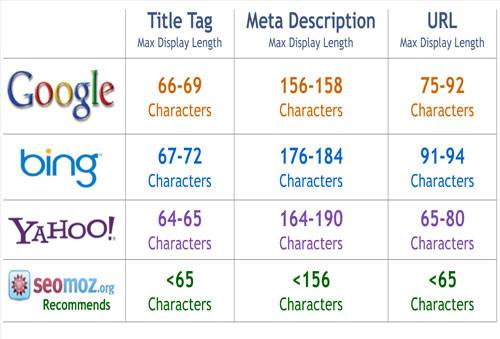You may have already installed a website before but do you truly understand what such a site needs to be found by search engines? As a general rule, everything on the Internet eventually gets discovered by search bots of search companies—provided they have a cohesive linking structure. This basically means that you can’t create any hidden pages that are unlinked to the rest of your site and expect them to be found.

The Internet works by a series of links—hundreds and thousands of links, from this website to that one, from this server to another. In fact, and search engines count both internal (on your site) and external links (offsite referring links) when calculating your search ranking.
A Word About Sitemaps
So you should make it a point to connect each page on your website to another page. Furthermore, a sitemap document is a page that shows all links on your website. The sitemap is one of the most important elements in “finding” your site. And although you could create a sitemap page with HTML or even a WYSIWYG editing program, there is an easier way to do it if you use a CMS program such as WordPress. WordPress allows you to auto install a sitemap for both news and search, using what is called a plugin technology.
You can point and click your preferences and auto-generate an updated sitemap page every time you publish content. Usually, search sites take days perhaps even weeks to search inactive or “small” websites that don’t have much linking activity going on. Therefore, one of the best things about an auto sitemap is the fact that you can “ping” search sites and get their attention whenever you decide to publish a new page.
Understanding Meta Tags and Descriptions
Meta tags and descriptions are important as well, and not only as a page entry, but also individual pages. There is a general description of the site and a title of the site, and these will come up often in general web searches. In addition, each individual page or blog posts should also have titles, meta tags and descriptions. Meta tags are the keywords that people might type in to find a story or post such as yours. While it is true that search engines do tend to find content regardless of meta tags, the fact that you highlight these words—and also the description that appears on a site preview—may help your search rankings to improve.
Regarding meta tags, what can you do to ensure more traffic? Remember when dealing with SEO and WordPress, you must aim for your niche market. By over generalizing keywords, you are targeting too large of a market, and will be competing with far too many sites. By going after longtail keywords, or perhaps even local keywords, you may be able to draw more individuals to your site. Descriptions are not required strictly, but do help to inform viewers of where they are being directed from a search engine, as well as in focusing attention on major keywords. For the best results, be sure to include repetition in keyword use in the title, the headings, the meta tags and description, the images, and just a few times throughout the content.
Plugins That Can Help
Plugins make everything easier, and if you’re a WordPress user, you may find it very helpful to install plugins that make meta tags, meta descriptions and other fields easy to access. Some plugins even auto calculate keyword density for you. Not only are these plugins helpful, but you may be surprised to learn that not all WordPress themes even have spaces for meta tags or descriptions. For the best results, choose a competitive theme that gives you an SEO advantage.















